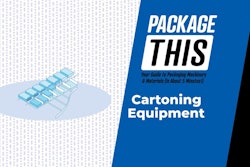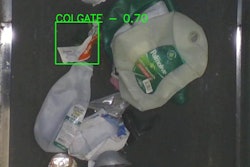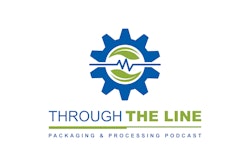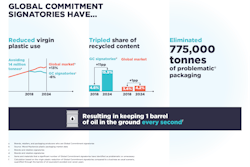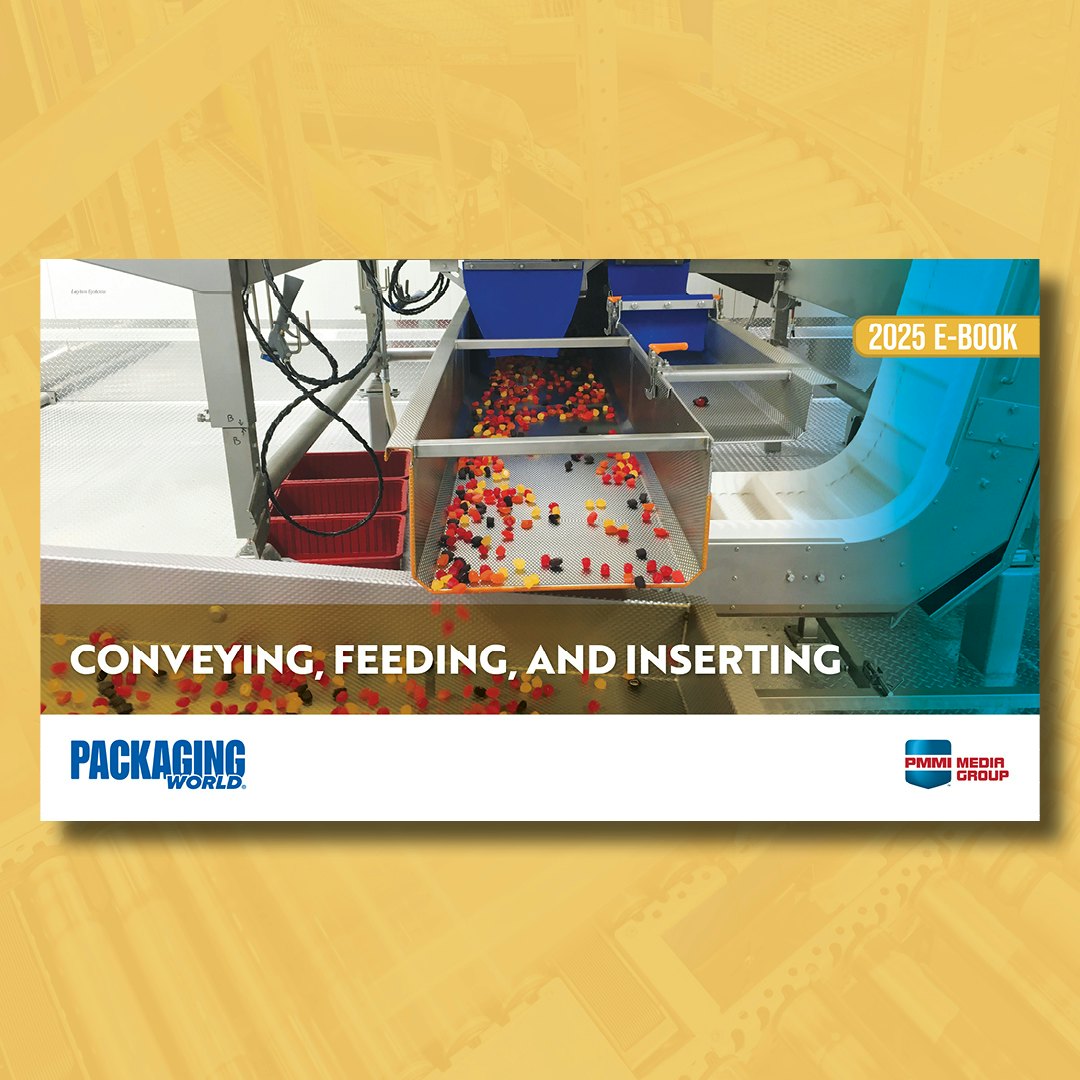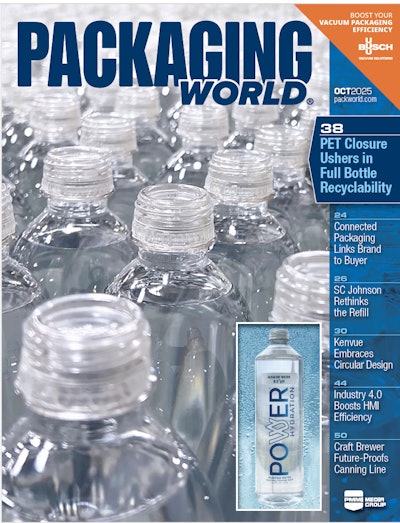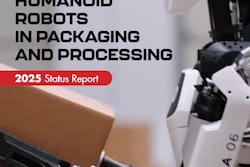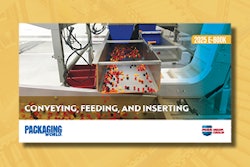
It’s redundant to say that packaging is a source of competitive advantage in the consumer packaged goods industries, just as it’s obvious to say that a consumer packaged goods company needs quality packaging suppliers. Along those lines, shouldn't it go without saying that a CPG company should audit its packaging suppliers?
The rationale most often given by companies is that, in the relative absence of quality-related problems, it’s not needed. That rational might have substance if auditing equated with inspection, which it does not. Auditing should reflect the attitude that no relationship is perfect and should serve as a means for improving the relationship for mutual benefit.
The adversarial or prosecutorial reputations—deserved or not—of some types of audits (think I.R.S.) should not characterize packaging supplier audits. To the contrary, the audit should build upon the interdependence between buyer and supplier.
Formulate objectives and come prepared. The informational objectives of an audit should be specific to the particular supplier. Even though a certain degree of standardization in the auditing procedure is advisable, not all aspects need be emphasized equally across suppliers. Factors such as the length of the business relationship, as well as those related to a supplier’s technologies, processes, products, services, and management necessitate some customizing of the procedure. Supplier specifics also should factor into the frequency of auditing. But never should an audit be a fishing expedition, though that does not rule out serendipitous discoveries.
Whatever the specific objectives, auditing should serve to facilitate the answering of either of two questions: Should a partnership be initiated, or if pre-existing, should the partnership be continued?
Coming prepared entails arriving not only with the checklists and related documents, but also with an outline of the sequence by which the audit is to be conducted, including insertions for key discussions. Prior to the audit, the two parties already should have agreed on its length. Never assume that the supplier is willing to devote all day to an audit. Moreover, never assume liberties that can be cleared, restricted, or prohibited in advance; for example, don’t assume the liberty of being able to take photos or video. Some assumptions can be particularly embarrassing and time-wasting, such as when the company assumes that its packaging will be running on the day of the audit but the supplier has not made such scheduling.
Make it a visit, not an invasion. Because packaging cuts across multiple disciplines, the size of the audit team should be representative without being imposing. Try to limit the team to three. A packaging professional, a purchasing agent, and someone from package-line operations comprise a trio of sweeping viewpoints. Of course, a brand manager has an inalienable right to be included, if he or she so desires.
The structure of the auditing process should reflect the interdisciplinarian nature of packaging by ensuring that no discipline’s concerns are excluded, even if that discipline has no member on the team. As additional insurance, each discipline should be made aware of an upcoming audit and thereby given the opportunity to make requests and suggestions to the audit team.
Some regulatory agencies have the authority to make unannounced visits, but even they exercise it with discretion. And, while most, if not all companies, would not make a surprise visit, some commit other errors that subtract from the effectiveness of an audit.
One such error is to give notice that does not afford the supplier adequate preparation time. The preceding section spoke about the need for preparation by the company, but that need holds equally for the supplier. Don’t expect a supplier to automatically accommodate a short notice. Even if the supplier does, it might be at the expense of knowledge and information that a better prepared-for-audit could yield. It’s conceivable, for example, that one or more key supplier personnel, would be unavailable on short notice.
Another error is a surprise visit, of sorts: The audit team unleashes complaints that have been saved just for the occasion, complaints that could have and should have been addressed prior. It is justifiable, however, to factor supplier performance into the focus that the audit will take. But don’t blindside. An audit is not a game of "gotcha!"
Don’t inject pricing. Pricing should be the object of negotiations, and an audit team is not necessarily endowed with the requisite negotiating skills. Besides, negotiations—especially over something as fundamentally important as pricing—can be drawn-out affairs and can easily exceed the time allotted to an audit.
Such does not imply that there is no connection between auditing and price negotiations. To the contrary, the former is an input to the latter. For example, a tour through the plant can give indications of the utilization rates of machinery and equipment (Are some standing idle?) A tour of warehousing can give indications of the supplier’s other clients (Do finished-goods inventories indicate a major client, maybe several? Do the inventories suggest a focus on a different industry?). Such indications, along with others, are useful in determining the relative strength of one’s negotiating position.
Obtain the supplier’s perspective. Solicit suggestions regarding a better match between client needs and supplier capabilities. Opportunities lie within the entire sequence between placement of a purchase order and receipt of the shipment, and beyond, including in-house use of the shipment. This is no pop quiz administered to the supplier, though. Part of affording the supplier ample preparation time for the audit is communicating that the supplier will be expected to make such suggestions.
Provide the supplier with a framework for those suggestions. As already mentioned, the audit procedure should embody some degree of standardization. That being so, inform the supplier of the broad categories that the audit will cover; one might be the supplier’s ability to respond to emergency purchase orders.
Delve into the supplier’s perspectives regarding trends that are likely to impact the relationship. Sustainability automatically comes to mind because it arches everything else; however, regardless of how macro or micro the trends—technology-driven or not—does the supplier evidence a grasp of them? What investments, such as new or retrofitted equipment, has the supplier made toward maximizing its competitiveness vis-à-vis those trends?
Don’t keep them guessing. At the conclusion of the audit, there are the parting pleasantries and the company’s promise that the supplier will receive feedback. The feedback should be conveyed written, which does not exclude verbal inquiries and responses between the parties. Most importantly, the feedback should strike the proper balance between qualitative and quantitative. The qualitative communicates whether the results speak well, poorly, or in between, regarding the supplier. The quantitative gives a measure or score, though not necessarily in the mold of Wal-Mart. Whatever the combination, the feedback should not be ambiguous. The supplier---as the saying goes—should know where he stands.
Likewise, the feedback should indicate the future course to be taken. The feedback should be detailed in the description of supplier deficiencies as well as in the timetable within which the deficiencies are to be corrected.
A sense of partnership notwithstanding, feedback need not—and arguably, should not—divulge certain particulars about the company’s supply chain management strategies. The number of other suppliers the company has, how the company allocates business among those suppliers, and its list of alternate suppliers are among such particulars. Similarly, the supplier will find the need to keep chosen aspects of its operations proprietary. Still, such unilateral protections are few, leaving the parties mostly unfettered to practice the candor, trust, and respect needed for a successful partnership.
Not the time to go it alone. Smart packaging, interactive packaging, biomaterials, nanomaterials, and item-level RFID are just some of the challenges/opportunities facing CPG industries. Any company seeking to exploit them must identify, incentivize, evaluate, and retain suppliers as quality, strategic partners. A tool in that aim is a well-devised and well-executed supplier auditing process.
Before becoming a packaging consultant, Sterling Anthony worked for Fortune 500 food, healthcare, and automotive companies, and has taught packaging at the university level. He welcomes your comments by phone, 313/531-1875 or by e-mail, [email protected]. His Web site is www.pkgconsultant.com.









